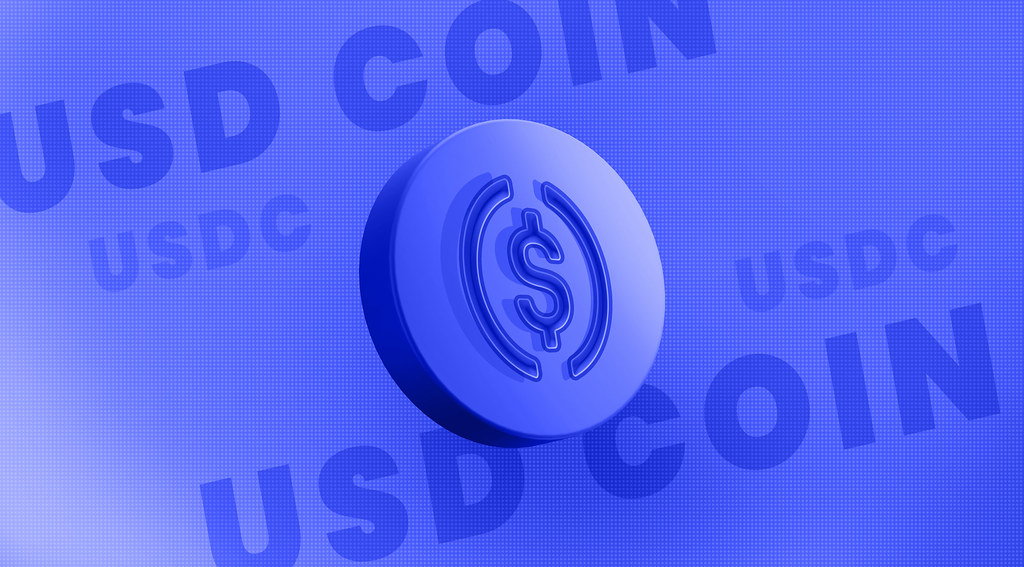The stablecoin market boom to $300 billion is fueling optimism for the next crypto rally, with growing adoption in payments, remittances, and global finance. Analysts say this liquidity could accelerate Bitcoin and altcoin momentum.
Stablecoin Market Boom Hits Historic $300B
The stablecoin market has officially crossed the $300 billion milestone, a record that many analysts see as a clear sign of growing liquidity across the digital asset ecosystem. With nearly 47% growth year-to-date, this surge underscores not only investor confidence but also the expanding role of stablecoins as the bridge between traditional finance and crypto markets.
For seasoned traders, the stablecoin market boom is not just another headline—it’s being hailed as “rocket fuel” for the next wave of crypto growth. Historically, when stablecoin supply expands at this pace, it sets the stage for a sharp rise in trading activity and market valuations.
Why Stablecoin Supply Matters
Stablecoins are more than just digital dollars parked on the sidelines. They represent real, liquid capital actively moving through exchanges, DeFi platforms, and cross-border payment systems. According to market watchers, the growing supply reflects the velocity of money on-chain rather than idle reserves.
Each new minting of USDT, USDC, or decentralized alternatives signals fresh liquidity ready to rotate into Bitcoin, Ethereum, or altcoins. In fact, blockchain data reveals that stablecoin transfers regularly exceed trillions in monthly transaction volumes—evidence that these tokens are deeply embedded into the global crypto economy.
Simply put, the stablecoin market boom is not about hoarding; it’s about enabling capital in motion.
Payments, Remittances, and Real-World Utility
Beyond trading, stablecoins are transforming how people use money in their everyday lives. Countries like Argentina, Turkey, and Nigeria are seeing a sharp rise in dollar-pegged token adoption as locals hedge against inflation and use them as “de facto dollars” for daily expenses.
Meanwhile, major global financial players are embedding stablecoins into their payment rails. Visa has already integrated stablecoin settlements, marking a significant step toward mainstream financial adoption.
For millions, stablecoins are no longer speculative tools—they are practical instruments for remittances, merchant payments, and savings.
October Tailwinds: Crypto’s “Uptober” Effect
Timing couldn’t be better. The record supply comes at the start of October, historically one of the strongest months for Bitcoin performance. Dubbed “Uptober” by traders, the month has a reputation for kicking off bullish momentum in the broader market.
With $300 billion in fresh stablecoin liquidity circulating, analysts suggest the crypto market may be primed for a new rally. Technical traders argue that capital doesn’t sit idle for long, and with this much liquidity available, the rotation into risk assets like Bitcoin and Ethereum could accelerate.
Institutional Interest Heats Up
The boom in stablecoin supply also signals a deeper integration with institutional finance. Fintech companies and blockchain-native firms alike are building stablecoin-focused infrastructure, from synthetic dollar protocols to cross-chain payment solutions.
Recent activity highlights just how big the demand is: Circle minted $8 billion worth of USDC on Solana in just the past month, with nearly $750 million minted in a single day. This type of expansion underscores both corporate and retail demand for faster, cheaper settlement solutions.
Rocket Fuel for the Next Market Cycle
For crypto market veterans, stablecoin growth has historically been a leading indicator of future rallies. The logic is straightforward: as dollar-equivalent liquidity floods the market, it creates a pool of capital that can rapidly rotate into volatile assets once confidence strengthens.
In this sense, the $300B threshold is a psychological and financial marker. It reassures traders that liquidity is abundant while signaling that stablecoins are no longer niche—they are a pillar of the modern financial system.
The Bigger Picture: Stablecoins as Global Infrastructure
The stablecoin market boom isn’t just about price speculation—it’s about structural change. As more governments, corporations, and consumers adopt these digital dollars, the line between crypto finance and traditional finance continues to blur.
From cross-border settlements to remittances for underbanked communities, stablecoins are already solving problems that legacy banking systems struggle with. This growth to $300 billion is less about hype and more about real-world demand.
Final Take
The stablecoin market boom to $300 billion represents more than just a milestone. It’s a signal that crypto is becoming an increasingly indispensable layer of global finance. With trillions in transaction volume, accelerating adoption in emerging economies, and institutional buy-in, this liquidity surge looks set to act as rocket fuel for the next phase of the crypto rally.
As traders eye October’s historical strength, one thing is clear: capital in motion tends to find its way into momentum-driven markets—and right now, crypto looks like it’s preparing for liftoff.
Disclaimer: Parts of this article were generated with the assistance from AI tools and reviewed by our editorial team to ensure accuracy and adherence to our standards.








